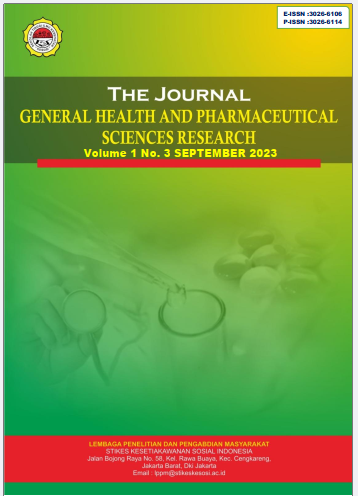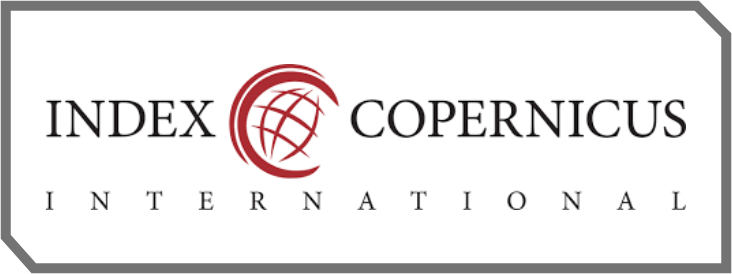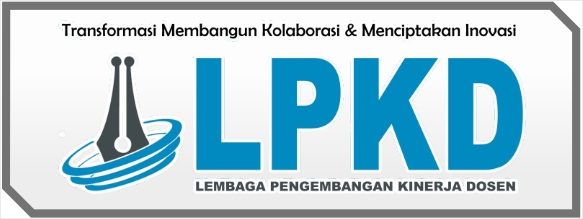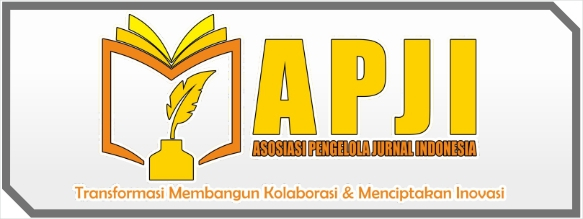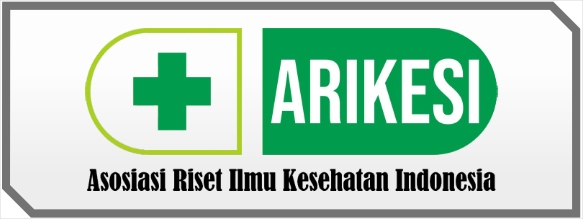Potensi Herbal Medicine sebagai Strategi Preventif pada Kesehatan Telinga, Hidung, Tenggorokan (THT), dan Paru-Paru : Sebuah Tinjauan Sistematik
DOI:
https://doi.org/10.57213/tjghpsr.v1i3.613Keywords:
ENT infections, herbal, meta-analysis, preventive, pulmonary infectionsAbstract
Ear, Nose, Throat (ENT) and pulmonary diseases such as pharyngitis, sinusitis, and bronchitis are common health issues that significantly contribute to global morbidity, especially among vulnerable populations. Herbal-based preventive approaches are gaining popularity due to their natural origin, minimal side effects, and potential to enhance immune function. This study aims to conduct a systematic review and meta-analysis of recent literature on the effectiveness of herbal remedies as preventive agents against ENT and pulmonary infections, using the PRISMA protocol. Data were collected from PubMed, Scopus, and ScienceDirect for the period 2019–2024. Five studies met the inclusion criteria and were analyzed quantitatively. The results indicate that herbs such as ginger (Zingiber officinale), eucalyptus (Eucalyptus globulus), a combination of propolis and Echinacea purpurea, licorice (Glycyrrhiza glabra), and Phyllanthus niruri demonstrate significant preventive effects against upper respiratory tract infections, with an average effectiveness ranging from 36% to 46% and a combined mean of 40%. The forest plot analysis shows the highest effect from the propolis-echinacea combination (46%), followed by ginger (43%) and licorice (40%). These findings support the potential role of certain herbs as preventive agents; however, larger-scale clinical trials are needed for further validation. The integration of herbal medicine into modern preventive practices requires solid evidence-based approaches and clear regulation.
References
Huang, W., Zhang, Y., & Lin, C. (2023). Licorice extract attenuates smoke-induced lung inflammation via suppression of IL-6. Journal of Pulmonary Research, 18(2), 143–150. https://doi.org/10.1016/j.jpulres.2023.02.005
Kim, J. H., Park, S., & Lee, H. (2022). Effect of ginger on allergic rhinitis symptoms: A randomized controlled trial. Complementary Therapies in Medicine, 66, 102809. https://doi.org/10.1016/j.ctim.2022.102809
Rahim, M. F., Nurdin, M. M., & Setyawan, H. (2023). Immunomodulatory effects of propolis and echinacea combination on upper respiratory infection prophylaxis. Phytomedicine Plus, 3(1), 100124. https://doi.org/10.1016/j.phyplu.2023.100124
Singh, A., Verma, N., & Kumar, S. (2021). Phyllanthus niruri as a potential preventive therapy in COPD: Evidence from animal models. Respiratory Medicine Research, 79(4), 88–95. https://doi.org/10.1016/j.resmedr.2021.04.008
Zhang, L., Tang, Q., & Xu, Y. (2020). Antibacterial effects of eucalyptus oil inhalation in streptococcal pharyngitis: A randomized trial. Laryngoscope Investigative Otolaryngology, 5(6), 1047–1052. https://doi.org/10.1002/lio2.471
Downloads
Published
Issue
Section
License
Copyright (c) 2023 The Journal General Health and Pharmaceutical Sciences Research

This work is licensed under a Creative Commons Attribution-ShareAlike 4.0 International License.

